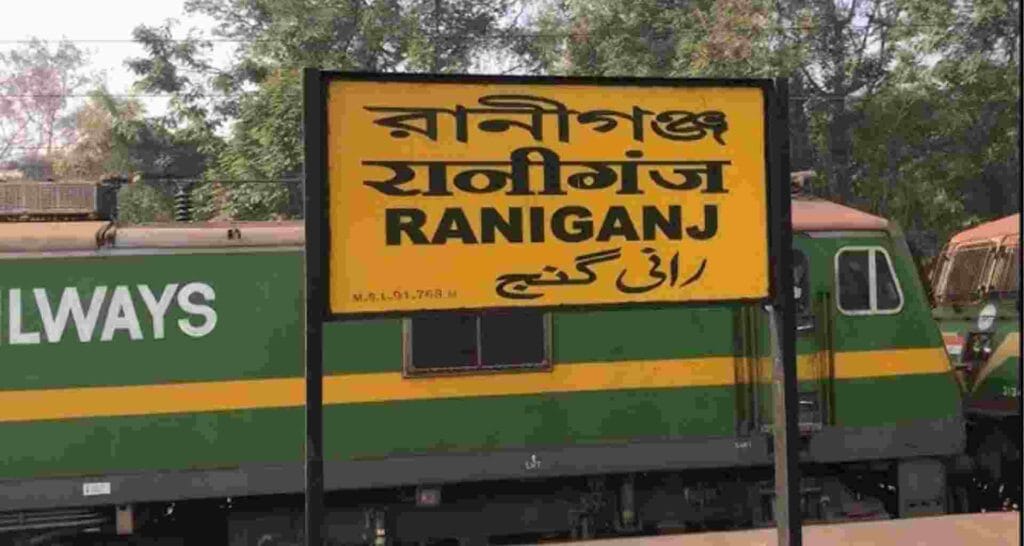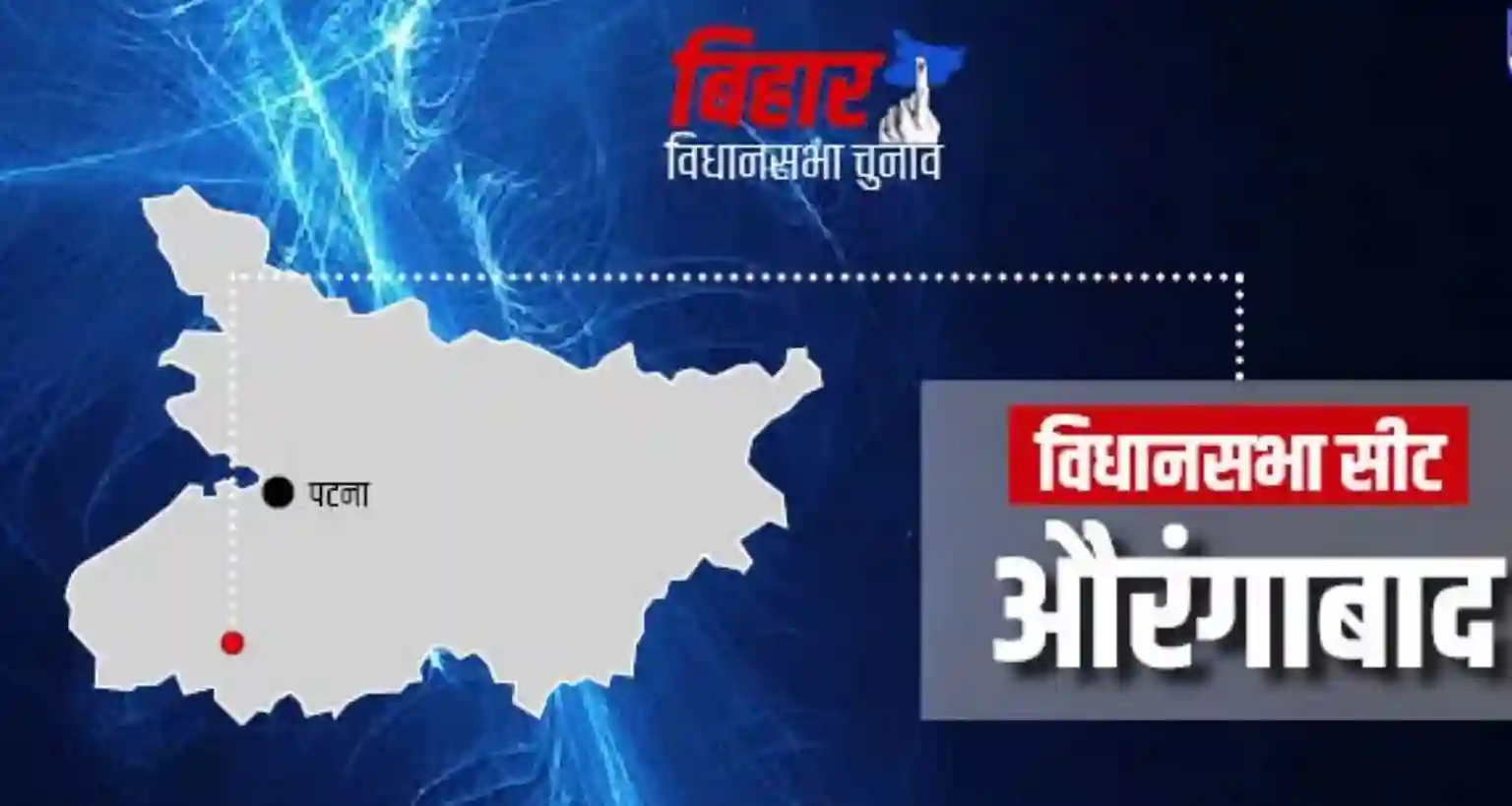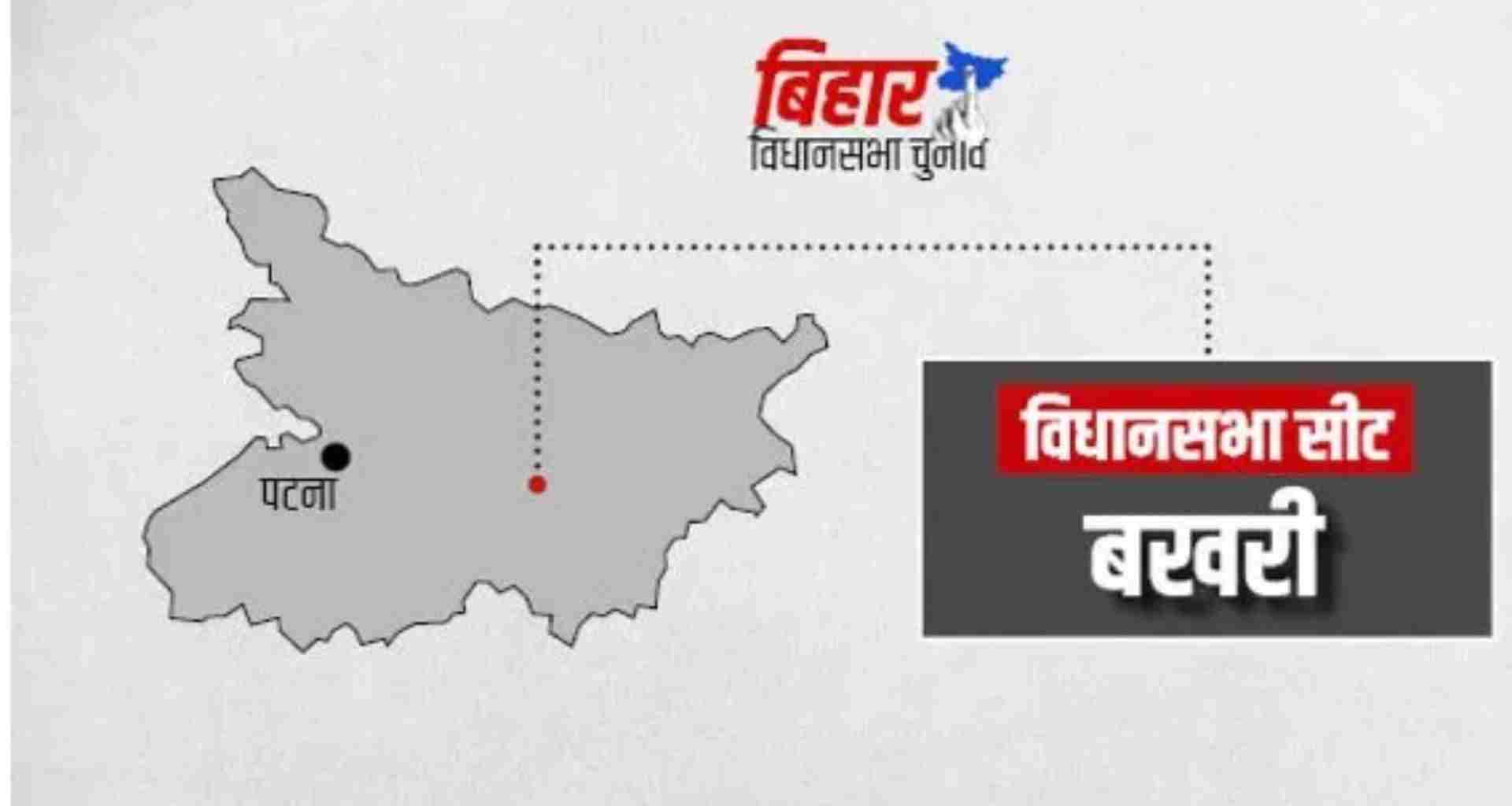Raniganj Bihar Assembly constituency, located in the Araria district of Bihar, has been a focal point of political activity since its establishment in 1957. It is a Scheduled Caste (SC) reserved seat and is part of the Araria Lok Sabha constituency. The constituency is known for its dynamic political history, diverse demographics, and unique electoral trends.
Constituency Overview
- District: Araria
- State: Bihar
- Total Voters (2020 Election): 336,020
- Polling Booths (2020): 481
- Reservation: SC (Scheduled Caste)
Raniganj Assembly constituency is composed of 32 Panchayats, including the Raniganj community development block and several gram panchayats such as Birnagar East, Birnagar West, and Vishaharia. The constituency is predominantly rural, with no urban voters, and plays a significant role in the political landscape of Bihar.
Key Constituency Details:
| Detail | Information |
|---|---|
| District | Araria |
| State | Bihar |
| Total Voters (2020) | 336,020 |
| Polling Booths (2020) | 481 |
| Reservation | SC (Scheduled Caste) |
| Constituency Type | Reserved for SC |
The Vibrant Political Landscape
The political history of Raniganj has been marked by several parties vying for dominance. Over the years, Indian National Congress (INC), Janata Party (JP), Rashtriya Janata Dal (RJD), and BJP have played pivotal roles in shaping the constituency’s direction. From Ram Narayan Mandal (INC) in 1957 to Achmit Rishidev (JDU) in 2020, Raniganj has witnessed leadership from various political factions.

Electoral History – Raniganj Bihar Assembly constituency
Raniganj has seen diverse winners across the decades, with political dynamics shifting frequently. Here’s an overview of the assembly election winners from 1957 to 2020:
| Year | Winner | Party |
|---|---|---|
| 1957 | Ram Narayan Mandal | Indian National Congress |
| 1962 | Ganesh Lal Verma | Independent |
| 1967 | Dumar Lal Baitha | Indian National Congress |
| 1977 | Adhik Lal Paswan | Janata Party |
| 1980 | Yamuna Prasad Ram | Indian National Congress |
| 1990 | Shanti Devi | Janata Dal |
| 2000 | Yamuna Prasad Ram | Rashtriya Janata Dal |
| 2005 | Parmanand Rishideo | Bharatiya Janata Party |
| 2015 | Achmit Rishidev | Janata Dal (United) |
| 2020 | Achmit Rishidev | Janata Dal (United) |
Raniganj Bihar Assembly constituency Voter Demographics
The voter demographic of Raniganj is varied, with several communities influencing the election results. Here’s a breakdown of the community-wise voter percentage based on the 2011 Census:
Voter Breakdown (2011 Census):
| Community Name | Voter Count | Voter Percentage |
|---|---|---|
| Muslims | 105,510 | 31.4% |
| Rishis | 43,010 | 12.8% |
| Yadavs | 29,233 | 8.7% |
| Mandals | 28,561 | 8.5% |
| Singh | 13,104 | 3.9% |
| Paswan | 11,088 | 3.3% |
| Shah | 10,416 | 3.1% |
| Tribal Communities | 8,400 | 2.5% |
| Other Communities | 62,288 | 18.6% |
Voter Turnout Trends
The voter turnout is an essential indicator of electoral participation. Here’s a summary of the voter turnout for recent elections:
| Election Year | Voter Turnout |
|---|---|
| 2020 Assembly Election | 55.35% |
| 2015 Assembly Election | 56.98% |
| 2019 Parliament Election | 61.43% |
Key Communities and Their Influence
The Muslim community has the largest voter base, making up 31.4% of the electorate, which has often been a deciding factor in election outcomes. Other key communities like the Rishis, Yadavs, and Mandals also have substantial influence on voting patterns.
Caste or Surname Analysis of Raniganj Bihar Assembly Constituency
A detailed analysis of the caste and surname distribution in the constituency provides deeper insights into the electorate’s composition:
| Community Name | Voter Count | Voter Percentage |
|---|---|---|
| Muslim | 105,510 | 31.4% |
| Rishi | 43,010 | 12.8% |
| Yadav | 29,233 | 8.7% |
| Mandal | 28,561 | 8.5% |
| Singh | 13,104 | 3.9% |
| Paswan | 11,088 | 3.3% |
| Shah | 10,416 | 3.1% |
| Tribal Communities | 8,400 | 2.5% |
| Other Communities | 62,288 | 18.6% |
Conclusion: The Political Future of Raniganj
The Raniganj Bihar Assembly constituency continues to be a key battleground in Bihar’s political arena. With its complex demographic structure and history of shifting allegiances, the constituency is poised for more exciting elections in the future. The impact of major communities and the strong leadership of figures like Achmit Rishidev will continue to shape its political landscape.



